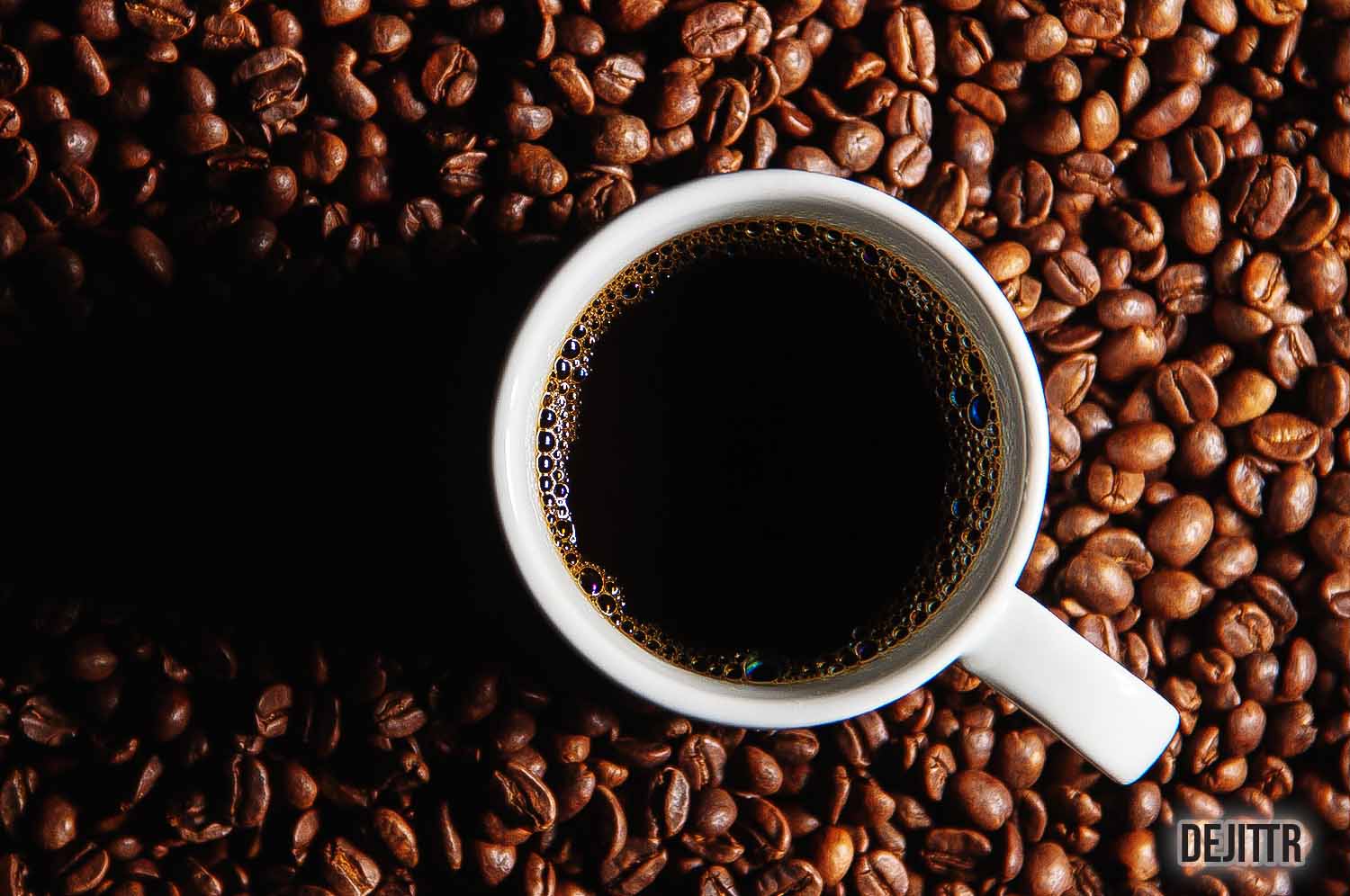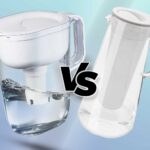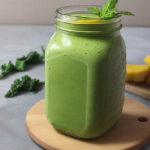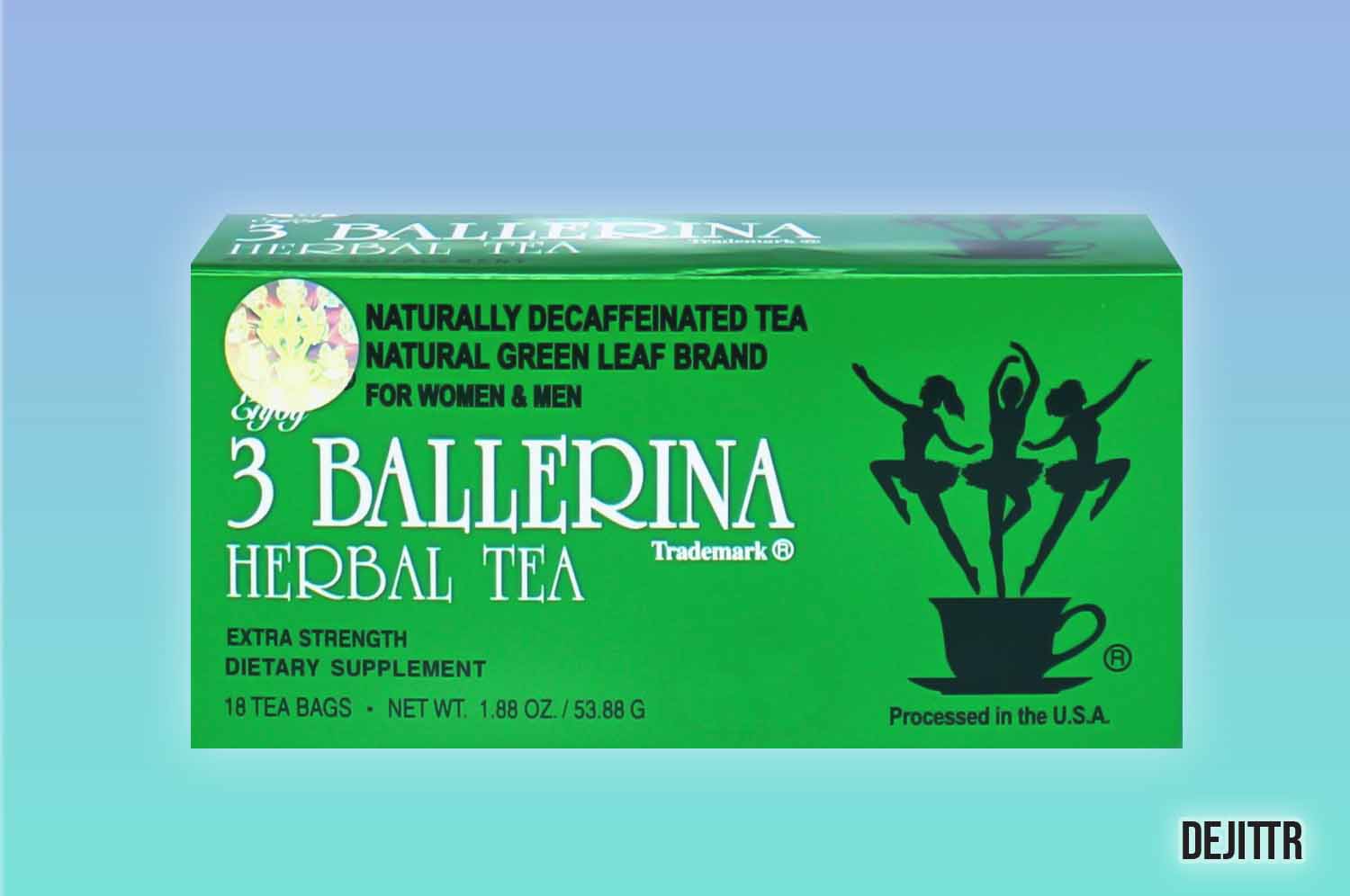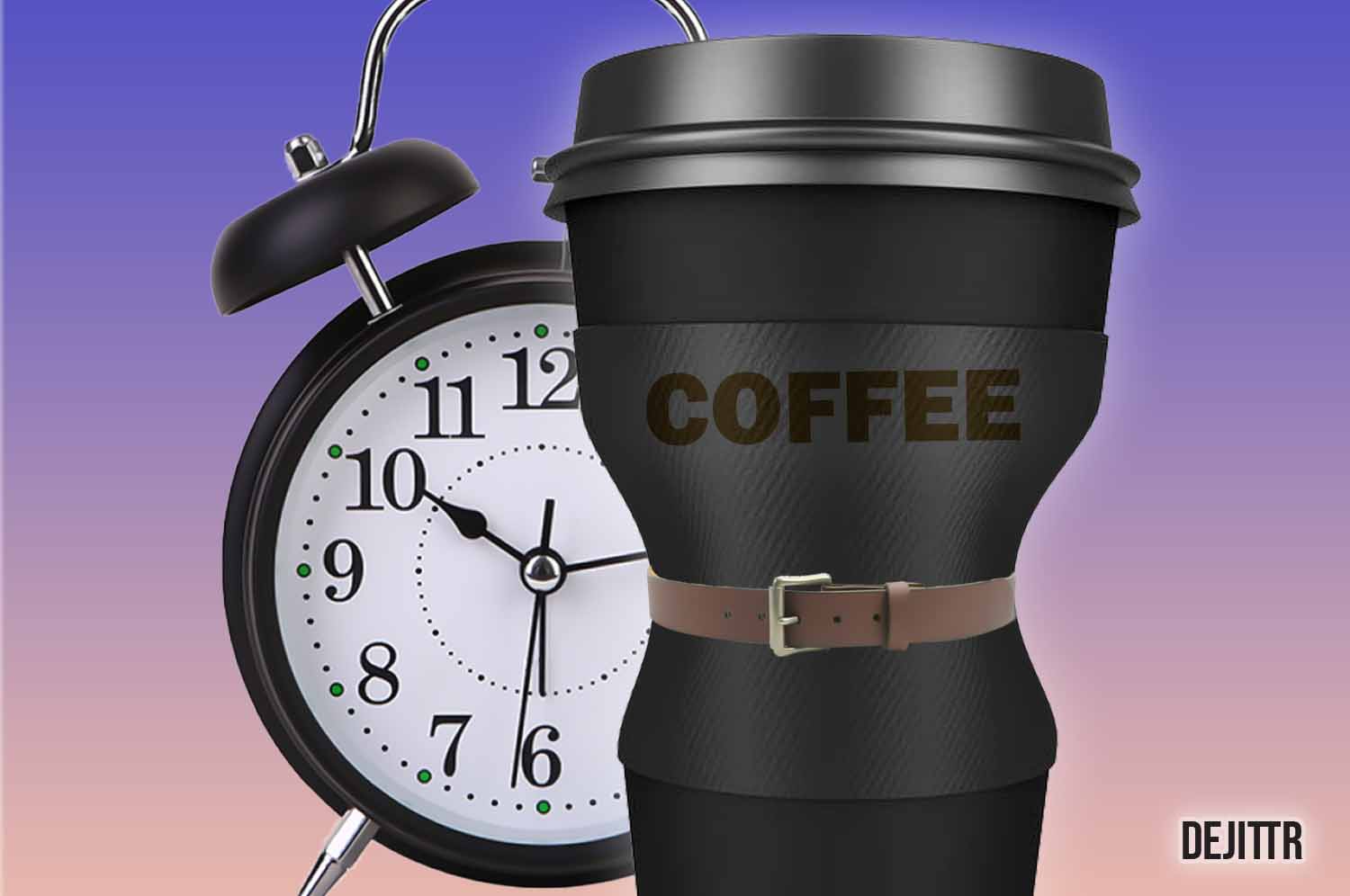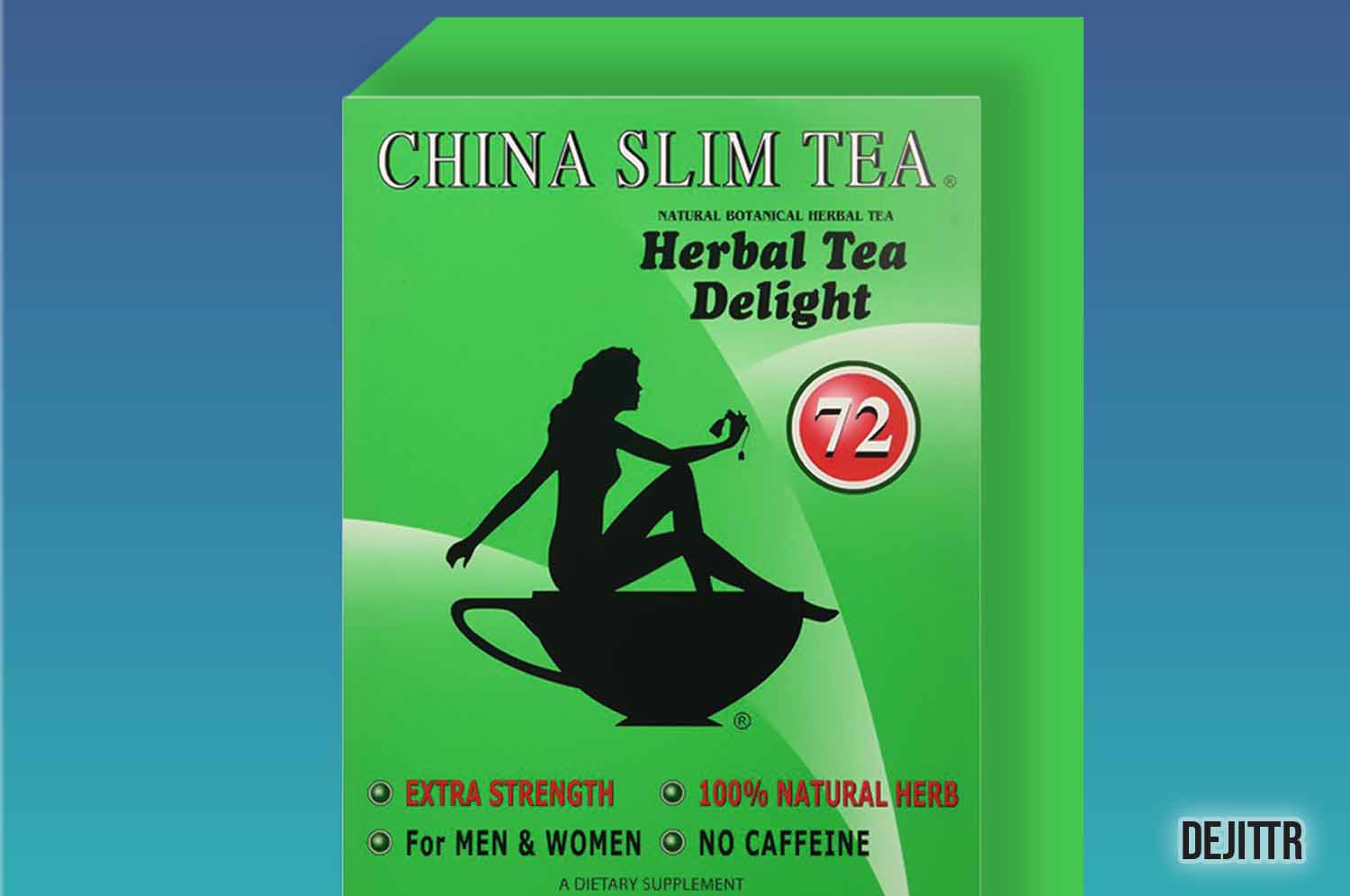Coffee is a versatile drink. We may enjoy it on the regular without thinking, but there are many layers to its flavor. When you prepare it the right way, it can open up a world of flavors and notes that transport you to a higher state of the coffee experience.
Traditionally, any kind of coffee without sugar will reveal its flavor profile and notes. Factors like these depend on where the coffee comes from, how you roast it, how you brew it, and so on. But to correctly identify the taste of your coffee, knowing the coffee’s source and drinking it black, can help.
Many of us do not enjoy the taste of black coffee. While black coffee is a rich drink for its flavor, it is normal to miss the sweetness that comes with the caffeine hit. So, let’s get to know how you can identify the unique flavors of coffee, and then a hint of alternative sugars to help out your sweet tooth.
How You Can Identify Your Coffee’s Flavor Profile
Your coffee’s flavor profile is hidden under the sugar and cream. So, take your coffee of the day, and brew a simple black mug of java. Now, let’s get to how you can identify what you taste in your sugarless coffee, step by step.
Recommended Resource:
One of the goals of our website is to demystify ingredients such as caffeine. We create fun-to-read, in-depth, and medically-backed topics that our users love. Here’s another super helpful resource when you’re done reading this article.
Source and Labels
First, the obvious step: read the label. The label can often tell you a lot about where the coffee is coming from and what flavors it features. Beyond that, you can do a quick search online with the coffee’s name and find out its history.
Try out a flavor wheel that can help you specify what you taste and how the notes work together. Also noteworthy: it can help to know what kind of roast you taste as well.
Start with a Clean Palate
If it is not the first thing you consume, let’s get to cleansing your palate. Try drinking some water or having neutral-tasting foods to start fresh. A clear palate will help immensely when you try to get the bits and pieces of flavors within your drink.
Eating some white bread or some rice can be helpful too. If it is too much of a bother, you can skip this part. But, know that that might make you blind to some of the finer tastes in the coffee.
Note the Flavors with Small Sip
Take a small first sip. You have your flavor wheel, and now you can use it. Try to identify the first flavors you taste. It might help you to write it down somewhere (a nice chart would be even better).
The most common flavors in any kind of coffee are either an earthy taste, a fruity and vibrant flavor, or even a nutty – almost chocolatey flavor.
And Finish Off with a Hearty Gulp
Now, you can give in and take a big sip of the coffee and swish it in your mouth. Sounds odd? The swishing can help the flavors rest on your tongue. And once you have swallowed your sip, you can find an array of tastes along with the different parts of your tongue.
Finally, the aftertaste. Any good coffee would leave you with a pleasant aftertaste instead of one that sits badly in your mouth.
How Do You Make Coffee Tasty without Sugar?
Coffee can taste good with or without sugar. When we are used to drinking it sweet – black, or sugarless coffee can seem like a nightmare. But, worry not, your tastebuds were not meant for sugar only. Coffee can taste good with many other flavors that will make your drink taste way better.
Premium Coffee Beans
Premium quality coffee beans are actually much less bitter than your average store-bought instant coffee. So, if you want to enjoy coffee without sugar and have the budget then buy high-quality coffee beans like Arabica which are much tastier without sugar.
But be sure to buy roasted coffee beans and not ground coffee. This is because ground coffee loses out on quality.
Vanilla
Vanilla is a flavor only a handful of people can deny liking. Use a couple of drops of vanilla extract in your cup of coffee to add another level of flavor. While the extract does not contain any sugar, it can give your drink a hint of a sweet smell and taste.
Mint
Mint leaves naturally taste sweet. These leaves can add freshness as well as a sweet aftertaste to your coffee. Consider adding a couple of fresh mint leaves or you can use drops of mint essence.
Cocoa
Have you ever had mocha? Well, adding a teaspoon of cocoa powder into your coffee can give you the dark depth of chocolate in a cup of mocha. This is not sweet at all, yet coffee and cocoa are the perfect marriage because of their layers of flavor.
What Are the Best Alternative Sweeteners?
Okay, you simply cannot enjoy your coffee without some sweetness. But you do not want to use raw or refined sugar either. Lucky for you, there are sweeteners today that do not have the downsides of artificial sweetening – but can give you the exact flavor of sweet coffee.
Stevia
Stevia is a strong sweetener that is common among people nowadays. This sugar substitute is so strong that a teaspoon of it can be as sweet as a cup of table sugar. It derives from a sort of plant that is scientifically known as Stevia rebaudiana.
Stevia is good in the gut when you use it without other ingredients. It also has zero calories – but stevia from the markets can contain additives like dextrose, maltodextrin, or other ingredients. If you find these on the label for your pack of stevia, look out for a tiny number of calories.
Stevia digests well for most people. But in some cases, the sweetener can be mixed with sugar alcohols like maltitol and xylitol. These products can lead to stomach issues like diarrhea and bloating.
Allulose
Allulose is a ‘rare sugar’ that people make from fructose. You can find it in food items like figs, wheat, and raisins. Allulose is quite new as an artificial sweetener, and it has low calories. It can taste strikingly similar to sugar without leaving a weird taste in your mouth after.
Although, you may need more than your regular serving of table sugar because allulose is about 70% as sweet as table sugar. Unless you take allulose in large amounts, it will go easy on your digestive system. Beware of using this sweetener long-term, as it may cause problems.
Monk Fruit
Monk fruit has been used as an alternative sugar since the 13th Century. Monks in China would extract the sugar from the juice of Luo Han Guo or Buddha fruit. The modern-day version of this sweetener is powdery and tastes about 200 to 300 times sweeter compared to sugar. This sugar also leaves a good aftertaste and has little to no calories.
Monk fruit is good for digestion. If your pack of monk fruit sweeteners comes with sugar alcohols like xylitol or maltitol mixed in, you may face some digestion problems.
Does Sugar Have Any Nutritional Value?
Sugar has basically no nutritional value other than carbohydrates. One gram of sugar can supply you with about 4 calories – and 1 perfect teaspoon will give you 16 calories.
The carbohydrates in table sugar are the simplest forms of it. Cutting out sugar can cause many health benefits – like lowering blood pressure and decreasing your risk of a heart attack. So, unless you mix it with other ingredients, sugar has no nutritional value except simple carbohydrates.
Conclusion
A hit of sugar can be the best pairing to your refreshing cup of coffee. While cutting the sugar may help you taste your coffee better, you do not have to cut out the sweetness as well. But you can still enjoy them by adding sugar alternatives or just by simply going for higher-quality coffee beans that have been professionally roasted.
Other recent articles:
- Six Days, No Food: My Personal Deep Dive Into Fasting
- Lifestraw vs. Brita: Pitcher Analysis
- Toddler-Friendly 4-Ingredient Kale Smoothie
- Does Lemonade Have Vitamin C? (Here’s The Truth!)
- Energy Drinks Not Working? Here’s Why & What To Do
Photo altered by dejittr.com | Photo attribution: Brent Ninaber


